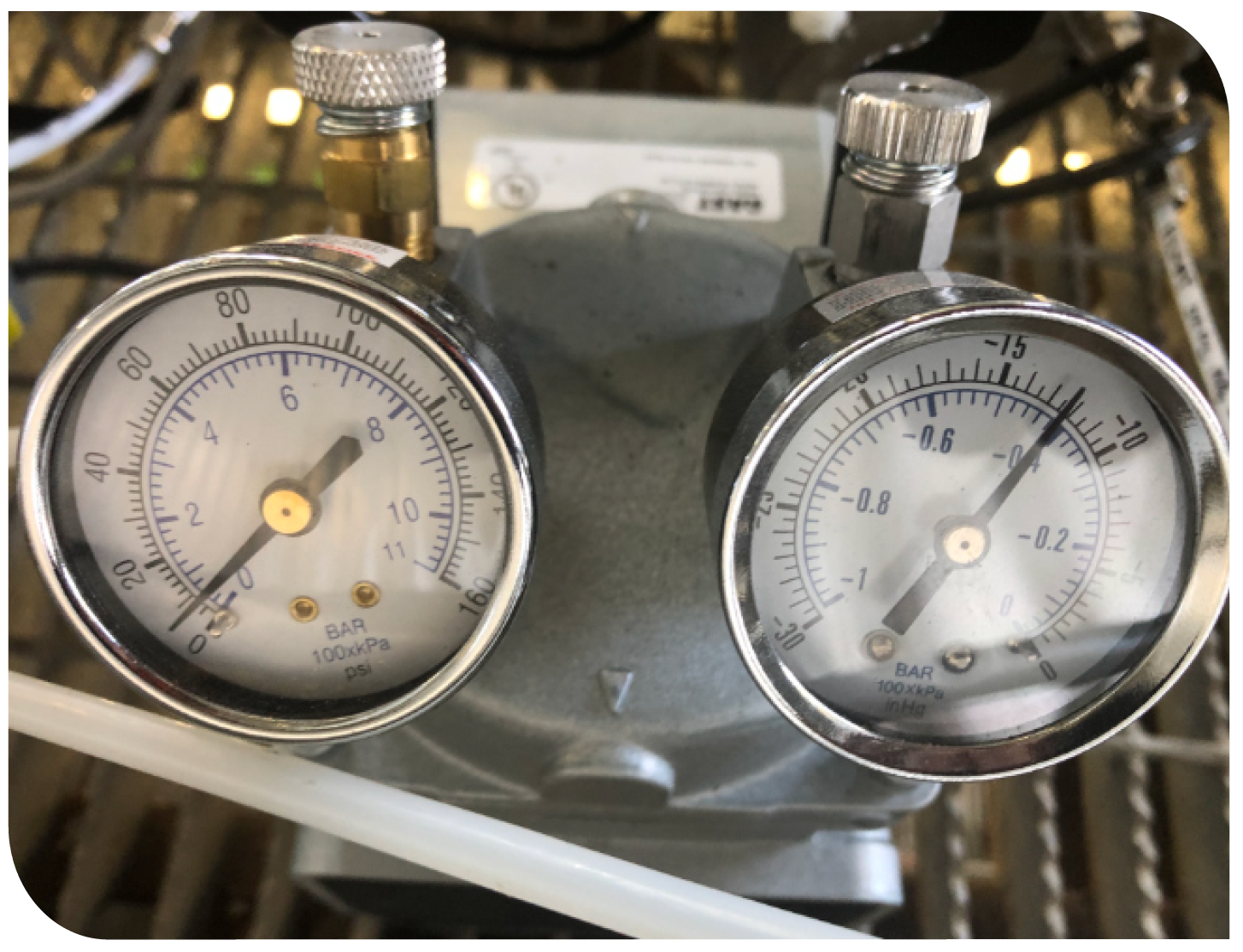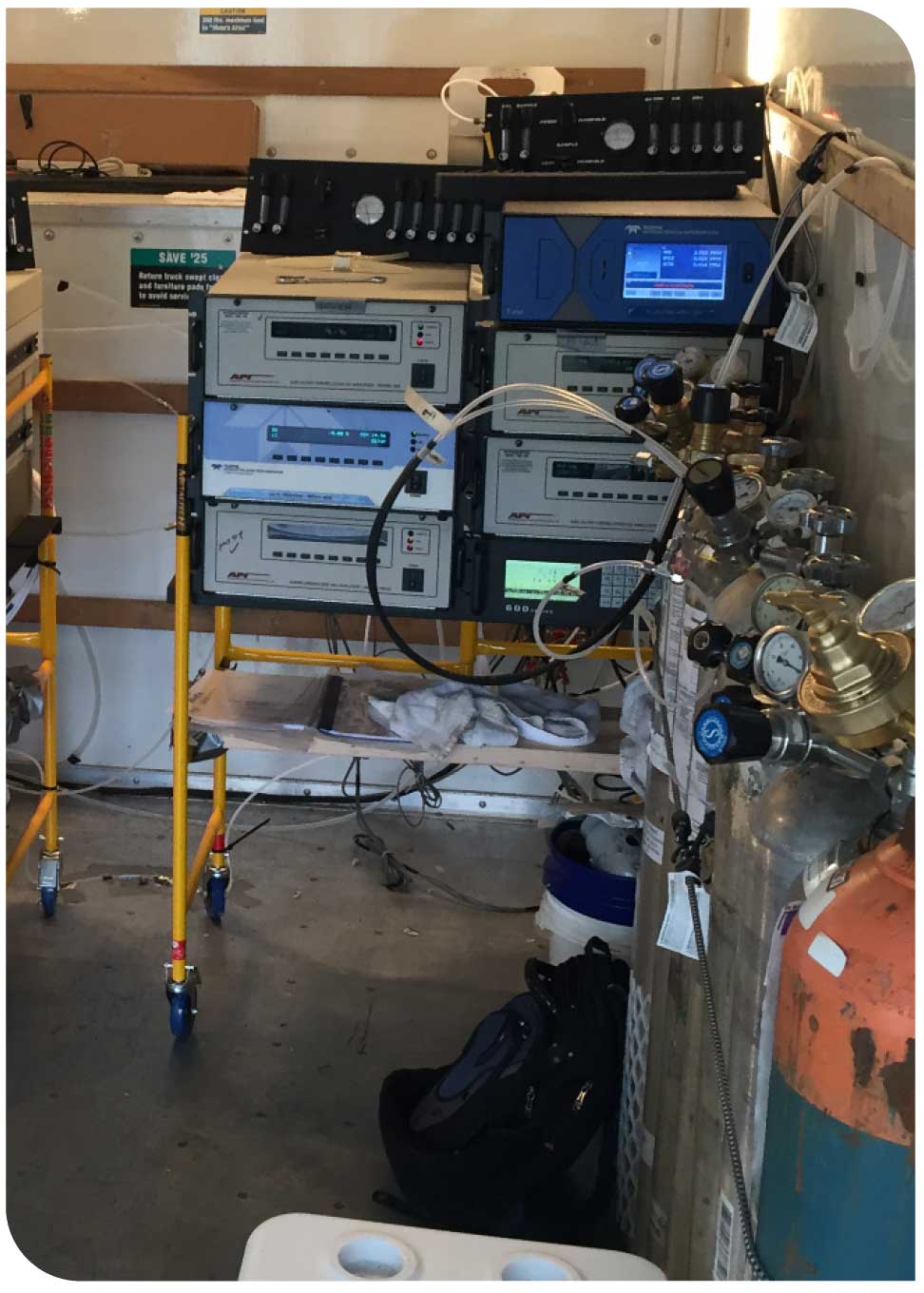
Environmental
McHale’s Environmental Services provides emission testing programs designed to meet each client’s particular needs with experienced and professional emissions measurement teams overseen by a staff with over 25 years of experience in the source testing industry, including both domestic and international testing projects. The McHale team consists of engineers and technicians, dedicated to providing our clients with accurate and precise test results.
McHale is equipped with the latest emission measurement equipment, ensuring the best technology to provide precise, reliable, test results. McHale is noted for its ability to meet the client’s needs, whether it is a 24-hour continuous testing or a short-notice mobilization. We can mobilize for most applications within 24 hrs. We are highly efficient at testing multiple sources simultaneously, while effectively communicating with facility personnel to provide real-time emissions data, correlating with process and control variations.
SAMPLING CAPABILITIES
- Continuous Emission Monitoring Systems (CEMs) gaseous testing, including Oxygen (O2), Carbon Dioxide (CO2), Carbon Monoxide (CO), Sulfur Dioxide (SO2), Nitrogen Oxides (NOx), Volatile Organic Compounds (VOCs)
- EPA Manual Testing for Particulate, Metals, Dioxins (DLCs), Hydrochloric Acid (HCl), Mercury (Hg), Ammonia (NH3), Sulfur Trioxide (SO3), Formaldehyde (CH2O)
- Fourier Transform Infrared (FTIR)
- Opacity
- Flow Balance & Studies
- Ammonia Slip


McHale’s Environmental Services understands the complexity of the issues faced by industries. McHale has the experience and expertise to help resolve federal, state, and local compliance issues for owners of emission sources. McHale offers extensive experience and expert knowledge of manual testing, instrumental testing, and CEMS testing methodologies that are used to determine facility emissions. Our Lab/CEMS trailers are capable of sampling from multiple locations continuously and simultaneously, using the latest available equipment. Our equipment is maintained and calibrated to meet all EPA QA/QC standards. We have an excellent inventory of CEMS and manual equipment. The emissions team is led by senior testing personnel with 50 years of experience performing EPA manual methods, on many types of sources, with an emphasis on high-quality results in a timely manner. We are experts at performing multiple manual test trains simultaneously.
Manual Testing Methods
Manual Testing Methods include EPA Reference Methods, State test methods, ASTM, NCASI, and international methodologies. The manual test generally involves collecting a sample either isokinetically or at a constant rate, analyzing the sample for the tested compound, and determining the concentration and or emission rate of the compound in question, using the measured and or recorded process information. Hundreds of manual test methods exist due to the number of compounds found in emission sources. Most test methods are based on the Federal EPA test methods, which are found in the Federal Register under 40CFR60, Appendix A, and Appendix B.
Continuous Testing Methods (CEMS)
Continuous Testing Methods (CEMS) include EPA Reference Methods, State test methods, ASTM, NCASI, and international methodologies. The continuous test (CEMS) generally involves collecting samples continuously by way of a sample pump, removing the moisture, and delivering the samples to the continuous emission analyzer. Each analyzer measures one or more constituents. The technique used to measure a compound varies. Most analyzers use infrared or parametric techniques. The measurement is linearized and the output is scaled to accurately determine the amount of the constituent either in ppmvd, ppmvw, or % levels. These outputs are recorded in real-time, averaged, and bias-corrected to determine the most accurate result for the test period. The emission rate lb/hr or emission concentration lb/MMBtu is calculated by using the resultant emission concentration and the measured process data. Numerous types of CEMS methods exist due to the number of compounds found in emission sources. Most CEMS test methods are based on the Federal EPA test methods, which are found in the Federal Register under 40CFR60, Appendix A and Appendix B, and 40CFR75.
Whether facing an initial certification test, compliance/guarantee test, relative accuracy test, or audits, we have the experience to perform the required test methods needed.
On-Site Sampling and Analysis Capabilities
McHale provides on-site sampling and analysis capabilities to our customers to allow for the results of the test to be known within the same day as the test runs. This capability provides a significant advantage in startup and tuning projects where the timeliness of testing results may have a significant commercial impact on the project. This also provides the advantage of eliminating sampled transport time and laboratory rush analysis fees as well as import and export concerns for international projects. McHale’s on-site capabilities include determination of constituent analysis by FTIR analysis, or by Gravimetric, Titration, Ion Specific, and Gas Chromatograph testing methodologies.
Sampling Capabilities
McHale’s Environmental Services meets the needs of our clients with a variety of air emissions sampling services. We have international expertise in sampling and analysis of air emissions, environmental engineering, and training in the use of sampling and pollutant analysis methodologies. Types of testing available include:
|
|
